In today’s world, the dichotomy between the capabilities of artificial intelligence (AI) and the often baffling actions of humans is more apparent than ever. As AI systems become more advanced and capable. Their efficiency and intelligence starkly contrast with some of the less rational behaviors exhibited by people. This article delves into this fascinating contrast, exploring how AI exemplifies precision and intelligence while highlighting the quirks and follies of human nature.
The Rise of the Bookworm Bots:
The Emergence of the Artificial intelligence is the human race’s great final invention developed to scan through and make choices from large volumes of information somewhat correctly to solve complex problems.
The systems can read, analyze, learn, and even synthesize massive information amounts into a well-informed decision. For instance, in the medical profession, AI systems, such as IBM Watson, scour through massive records and papers on medicine to give far better and much more accurate results on diagnoses and treatment recommendations, which any human doctor’s lone efforts could do on their own (Exploding Topics) (Analytics Vidhya).
AI brings the concept of personalized learning to each student within the classroom. Numerate is making the introduction into the market by storming in with the product Character.ai, an AI tutor that personalizes the learning based on the method and need of learning of the student—an innovation long desired in the notion of traditional teaching (from Exploding Topics). With all this, AI systems have evolved and are now more suitable for students for critical and challenging problem-solving activities.
The Smartphone Zombies:
The man, on the other hand, remains the creature who advanced most of the technologies. And now possesses them yet misuses them most of the time. Smartphones are supposed to be used only for education or any other relevant inputs for the self-improvement of a person. Still, today, it is mainly used for social media and entertainment. It has much more than being a mere distraction and showing more significant cognitive biases and orientation about instant gratification.
People tend to be biased, emotional, and irrational thinkers, often making errors in judgment. They commonly rely on confirmation and availability heuristics, leading to disastrous decisions as they consider only readily available examples.
Now, this is one area in which AI is unbiased; it is in the way it solves problems as opposed to humans, who are mainly data-driven.
The Irony and Humor in Human Behavior:
The whole business of machines toiling away with information as people frivolously waste technology is genuinely ironic and quite funny. We engineered the most potent and intellectual tools, yet only for what was conceived of as the most banal purpose. Now, with new technology and increased abilities in AI, human behavior sometimes regresses.
It is felt through the humor of commonplace events. Now let us consider a plain and straightforward situation: an AI car will negotiate the roads ideally, and a phone notification would disorient a human driver to have an accident. For that matter, even finance markets can have AI algorithms predicting and holding trends in one’s portfolio very accurately. On the other side of the coin, human investors can make spur-of-the-moment actions based on their feelings or data that are not complete.
Lessons from AI: Improving Human Decision-Making:
Improving Human Judgement, As entertaining as these contradictions are, there is a lot one can learn from AI to improve the way humans are accustomed to making decisions. The successes of AI depend on its design to minimize errors and biases, something entirely within reach. With AI tools like this, one might get a better handle on all there is to do in life, make some well-informed decisions, or even learn new things.
AI can also play another role: pointing out areas for improving human behavior. To do this, we must first understand how AI makes decisions, including the information, patterns, and logic it uses. Then, we can emulate this approach in our own decision-making. This process should begin with fact-based problems, searching for diverse sources of information and recognizing biases.
The Future of AI and Human Collaboration:
The idea is not to build a human to replace a machine but a machine that can aid or assist much better. Many such forms of intelligence can collaborate in ways that, in the future, perhaps one cannot even imagine attaining success.
Health AI, for example, will help the doctor to give knowledge insights and recommendations using the data. On the other hand, doctors will continue to provide knowledge and empathy in patient care. Even in education, AI is seen now as a means of imparting personalized experience on the developing creativity and critical thinking of teachers towards the learners.
It finally speaks of a different scale of possible learning and growth rather than by mere mortals. This could be funny, but it makes a critical point: AI excels at data management and decision-making, but people can learn to do it better.
Next time one wants to get that smartphone that will be the only lesson he will have learned. What he intends to do with the phone is extend his knowledge or even further enhance productivity. Thus heeding to the classes that have been taught through AI and striving actually to get the best of both worlds. Therefore, it goes this way:
AI-driven Lifelong Learning:
This is the same as most AI-driven platforms and apps, learning new skills or deepening otherwise complex topics. Examples include Coursera and Khan Academy’s recommendations for new courses to take.
It multiplies productivity by using intelligent tools to manage things for you, giving you time to handle the daily chores. Today, apps like Trello and Todoist include AI functions to create lists of work to do, prioritize what is most helpful, and manage projects.
Implement Data-Driven Decision Making:
Anytime crucial decisions are being made, ensure that data is behind them, then look at it objectively in the same way AI would. This may, of course, be counteracted by cognitive bias and lead to some good outcomes.
Stay Updated and Critical:
Use the enormous power of an AI news aggregator system always to remain updated and objective. Be critical at all times so you do not become a victim of information bubbles or an echo chamber.
Working with AI:
This would enable the learners to function and operate effectively while simultaneously using the AI tools in a professional space. For instance, AI can help in marketing by analyzing consumer behavior and forecasting trends. Marketers can then incorporate creative and human-based strategies that resonate with the majority of the audience.
A Humorous Reflection with a Serious Undertone:
A Reflection Full of Humor but Maybe a Bit Serious. It is hilarious when you imagine the diligent student is AI and humans are their distracted slacker counterparts. But everything has two sides: AI is unbiased in its tasks, yet lacks emotional intelligence and creativity. They are likely to make mistakes and be distracted but still think creatively and flexibly—something AI does not do.
Accept these differences. Take one step closer to the future, where AI and humans aim to supplement each other’s innovation and advancement. Instead of fearing a future where machines replace human labor, utilize AI to capitalize on our strengths and cover our weaknesses.
It’s pretty funny how people are acting foolish in a fairy-tale-like scenario of artificial intelligence. So to speak, with almost cartoonish attributes making it grow and ameliorate. We can learn a lot from AI and how it applies its strengths in our personal lives through an industrious, knowledgeable robot, while still maintaining our human qualities. We should turn off our phones and pick up a book. Maybe we can code an AI to show us how it is done right.
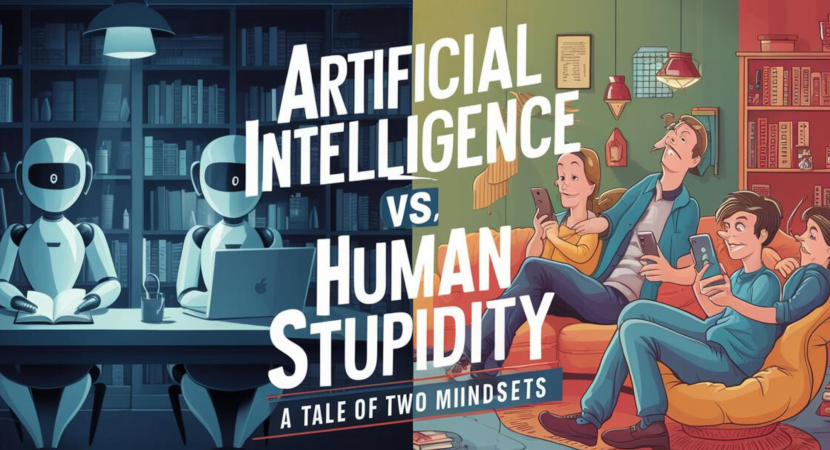
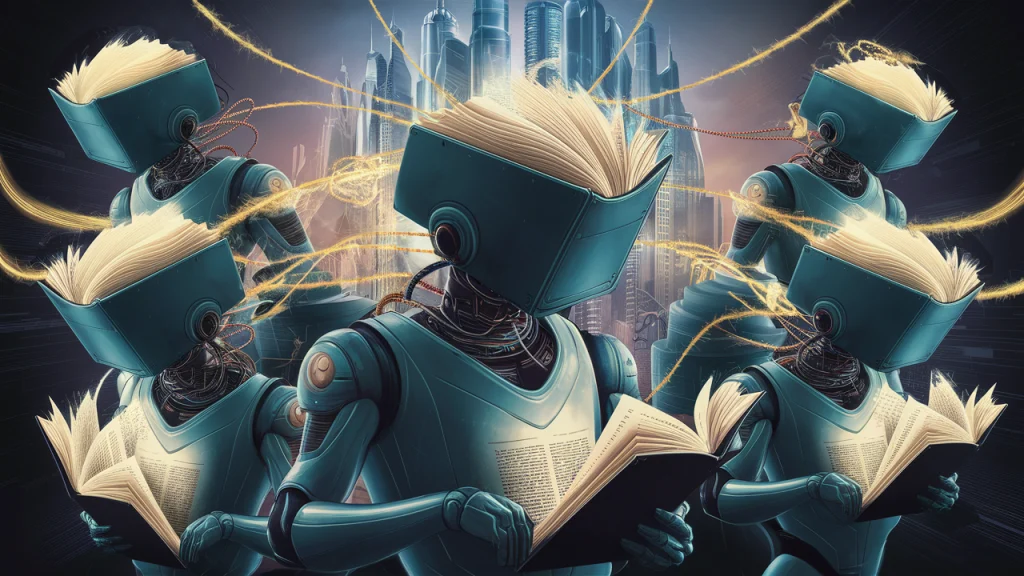
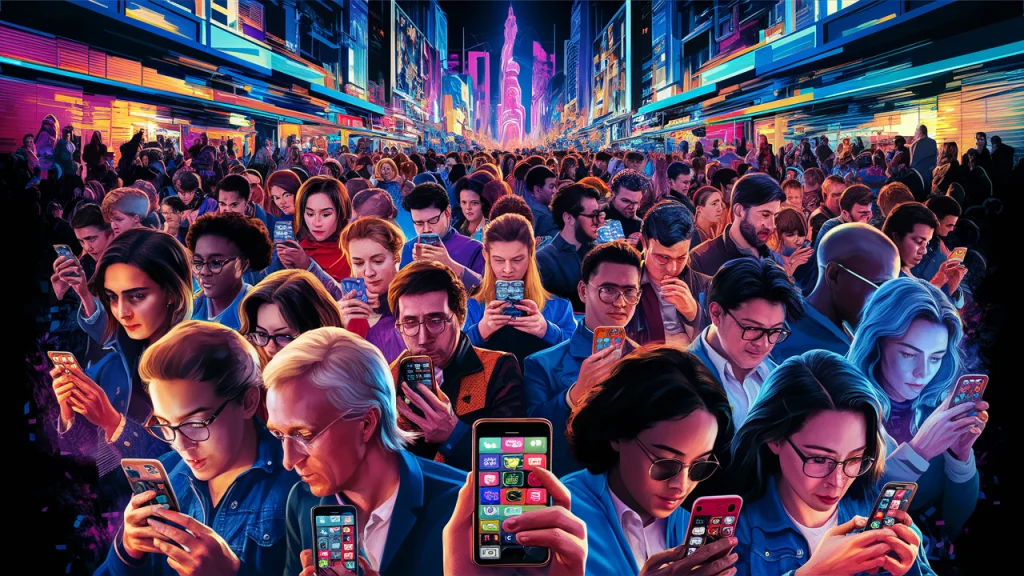

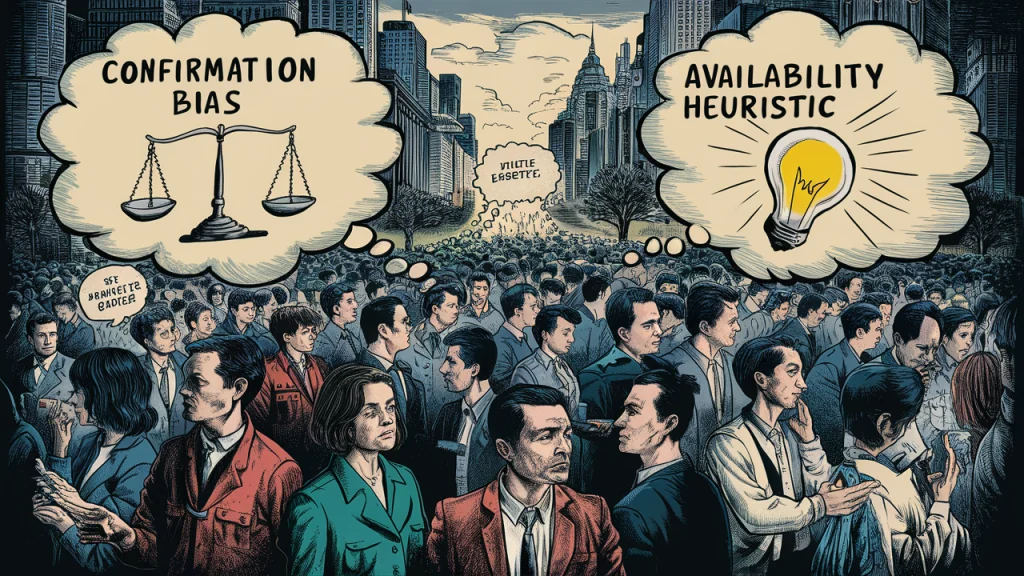

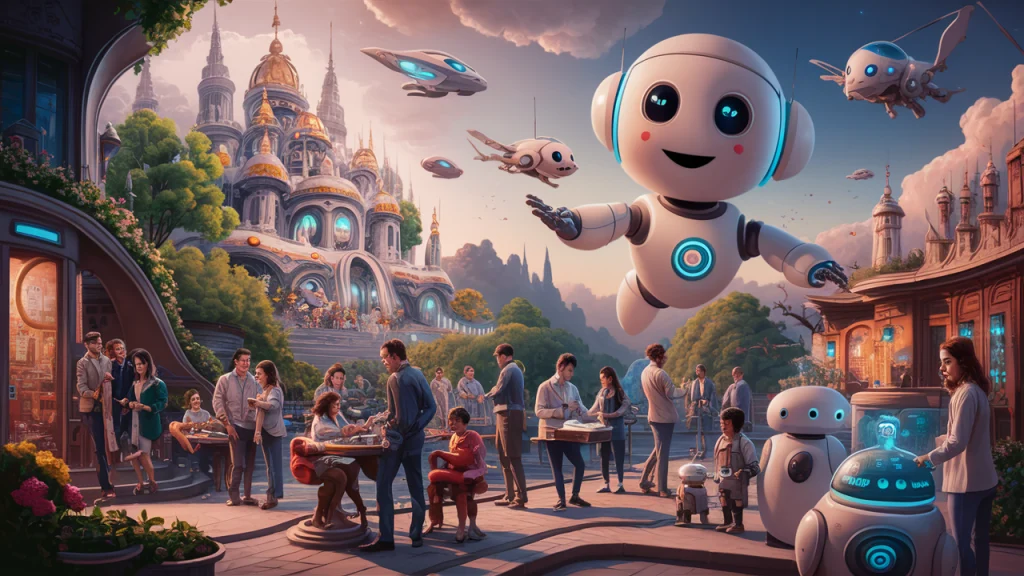

Reply